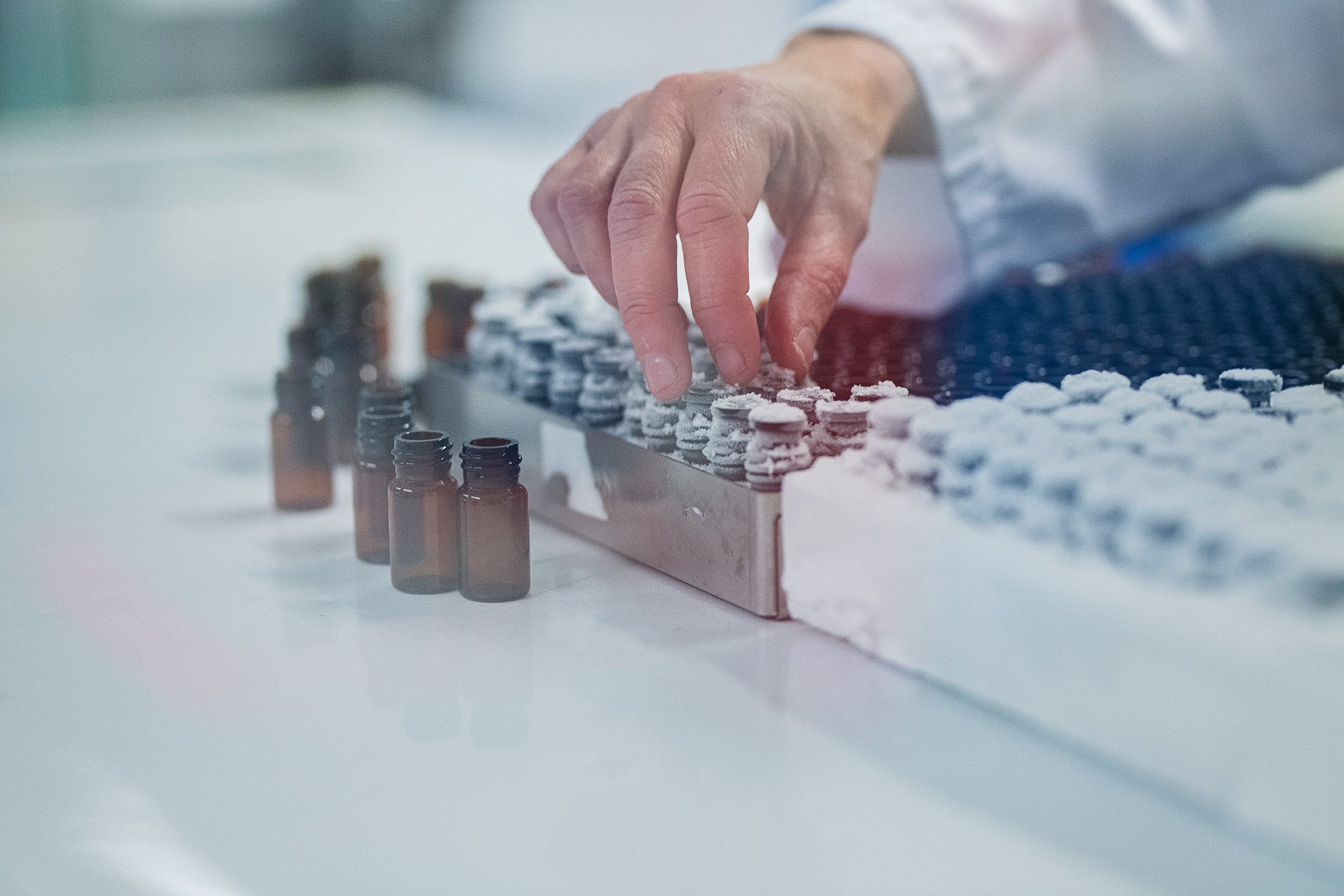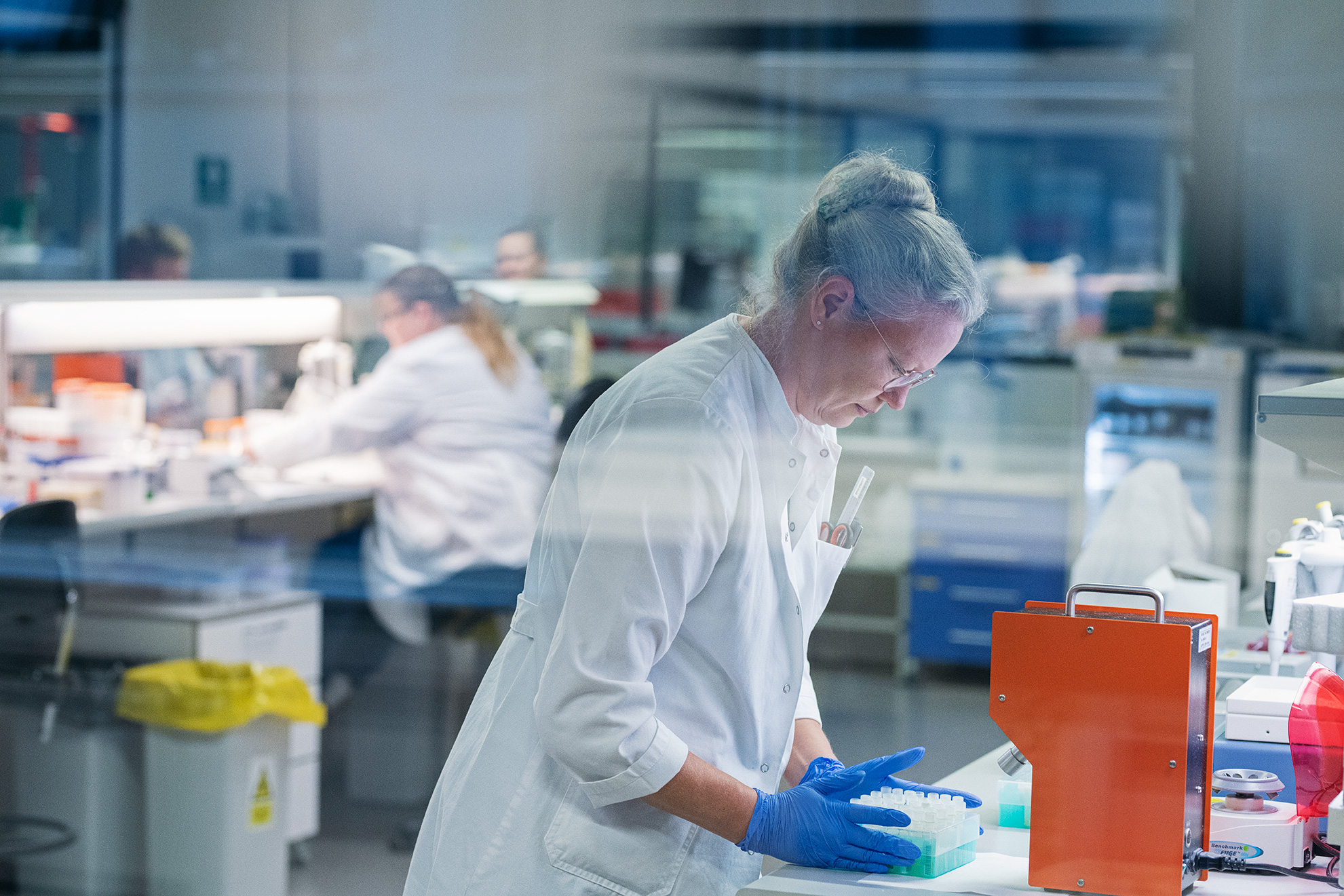Peptidomic and proteomic analysis of precision-cut lung slice supernatants.
Abstract
The precision-cut lung slice (PCLS) model is an ex vivo tissue system that has been used to model disease and examine the effects of exogenous compounds. Few studies have been carried out on the complement of proteins (proteome) and peptides (peptidome) secreted by PCLS and other tissue sections, during tissue culture, although such data are likely to provide critical information on the biology of tissue slices and the changes these undergo. In this study, a workflow was developed to examine the peptidome and proteome of PCLS supernatants using a modified single-pot, solid-phase-enhanced sample preparation (SP3) workflow. The performance of the SP3 workflow was evaluated in a head-to-head comparison against ultrafiltration by quantifying the recovery of synthetic peptide constructs. The SP3 workflow outperformed ultrafiltration in terms of recovery of small synthetic peptides regardless of the organic solvent used in SP3 (acetone or acetonitrile) and ultrafiltration molecular mass cut-off (2 or 10 kDa). The developed SP3 workflow provided robust data when analyzing PCLS supernatants across different conditions. The method allows, within a single workflow from individual samples, the identification of both large numbers of different native peptides (489) and also proteins (370) released from the tissue to the supernatants. This approach therefore has the capacity to provide both broad and in-depth peptidome and proteome data, with potential wide applicability to analyze the secretome of cultured tissue samples.



